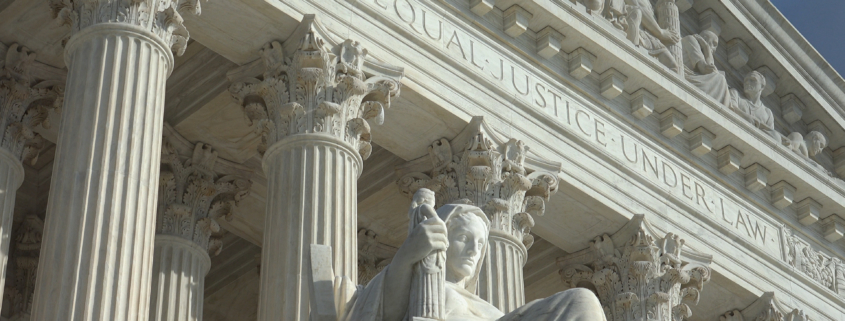20 Days Remaining
The 21st century has brought great innovation, progress, and reformation. However, we would be remiss to not address the ways in which the United States has reverted back to the unjust systems that were built to benefit only a portion of the population.
Americans have the right to vote. It was endowed upon and guaranteed to us by the Fifteenth Amendment to the Constitution, and then re-emphasized in the landmark civil rights instrument, the Voting Rights Act of 1965. This piece of legislation, however, is much more malleable than the amendments ratified by our nation’s former leaders.
Although the passage of the Voting Rights Act by Lyndon B. Johnson signified immense progress from the establishment of our country and its electoral processes, the rights given in the Act were always precarious. Since then, certain states and its legislators have continued to work diligently to tip the scales in favor of privilege for some, and oppression for many. Voter suppression and disenfranchisement are problems as old as our country, but perhaps the most significant legislative piece of protection combatting these issues was struck down by the highest court in the land in 2013.
On July 25, 2013, the Supreme Court voted 5-4 in the case of Shelby County v. Holder. The court decided to rescind a key provision, Section 4(b), of the Voting Rights Act, which stated that if state or local governments wanted to change their voting laws, they must appeal first to the Attorney General or the U.S. District Court.
The Court claimed the protections laid out under this section of the VTA were no longer necessary, and that the problems of today could not be solved using solutions of yesterday- or, rather, forty-eight years ago. However, as the late Justice Ruth Bader Ginsburg said in her dissent to the Court’s ruling, “throwing out preclearance when it has worked and is continuing to work to stop discriminatory changes is like throwing away your umbrella in a rainstorm because you are not getting wet.”
The repercussions of this decision have been significant, and predictable. The conditions laid out in Section 4, and subsequently Section 5, of the Voting Rights Act was intended to address the abhorrent issue of voter discrimination in certain jurisdictions. When the Court struck down this provision, it effectively turned a blind eye to a resurgence of disenfranchisement efforts, such as voter-identification laws and other such measures of voter suppression.
It is important to recognize the progress that our country has made. It is equally, if not more, important, to critique and address our regression. Progress is not a linear concept. This is key in understanding how to move forward and have a hegemonic way of seeing that progress for some is progress for us all.
Stay tuned for Day 19!





Leave a Reply
Want to join the discussion?Feel free to contribute!